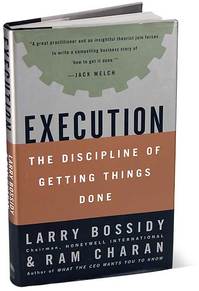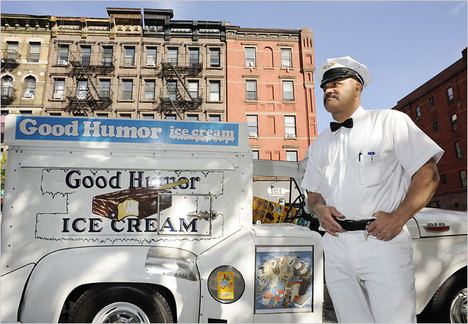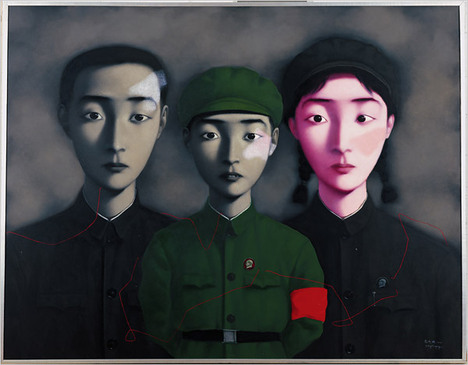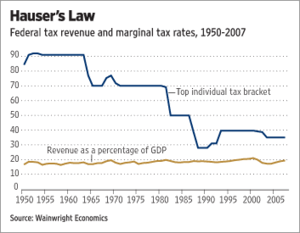Source of book image: http://a1055.g.akamai.net/f/1055/1401/5h/images.barnesandnoble.com/images/8280000/8285699.jpg
Bossidy and Charan’s book is not exactly a page-turner of unexpected insights, but the authors say some things that need saying.
Business gurus often forget that success depends on more than vision and inspiration. It depends on courage (to face brutal facts, and to fire the lazy or incompetent), and it requires persistent attention to enough of the details to know what needs to be done, and to know who is doing it.
Much of their practical advice is way easier said than done, but maybe it’s still worth saying.
It occurred to me while reading this book, that I sometimes write and speak as though innovation and economic growth are inevitable with the right institutions. But that is not so.
Even under the best institutions, progress still requires entrepreneurs and managers who work very hard, demonstrate courage, and who care about getting the job done.
Reference to book:
Bossidy, Larry, Ram Charan, and Charles Burck. Execution: The Discipline of Getting Things Done. New York: Crown Business, 2002.




